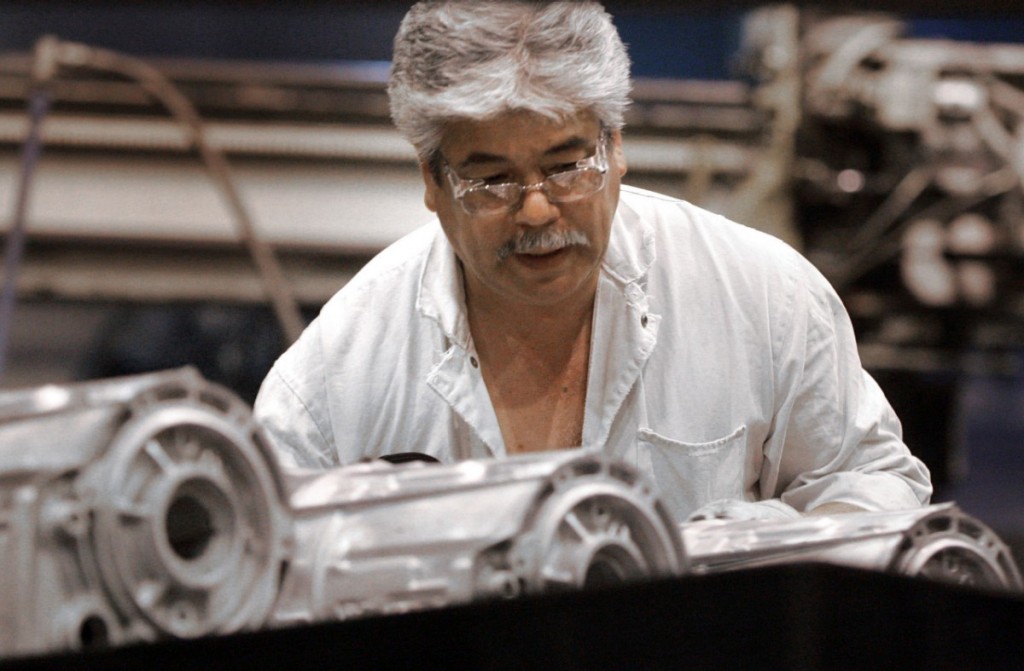
(Photo: GM)
WASHINGTON Output at U.S. factories declined slightly in July, reflecting a dro in auto production. The decline was expected to be temporary given the banner sales year automakers are having.
Manufacturing output edged down 0.1 per cent in July compared with June, the Federal Reserve reported Thursday. It was the first dro since declines in March and April.
Julys weakness reflected a 1.7 per cent fall in the output of motor vehicles and parts. That decline should be reversed in coming months as automakers ramp up production for the new model year.
Overall industrial production, which includes factories, mines and utilities, was flat in July after a 0.2 per cent rise in June. A sharp 2.1 per cent surge in mining was offset by a 2.1 per cent dro in utility output.
Output in manufacturing, the most critical component of industrial production, is up a modest 1.3 per cent from the level of a year ago. Economists say manufacturing may have begun to emerge from a weak patch earlier this year.
For July, the output of construction supplies and defence and space equipment showed gains. But production of business equipment was unchanged, and the output of information processing equipment fell.
RELATED: US factory output rises at steady pace in February; fueled by jump in auto production
The 1.7 per cent decline at auto factories was the biggest dro since a 2.6 per cent decline in January. Without the big fall in auto and parts production, manufacturing output would have been unchanged in July.
The Fed report was weaker than an earlier report from the Institute for Supply Management. That report showed that U.S. factories hired more workers and received a surge of new orders in July. That activity had helped push the ISM manufacturing index to a reading of 55.4 in July, the highest point in two years and up from 50.9 in June. A reading above 50 indicates growth in manufacturing.
Stronger growth at U.S. factories could aid a sluggish economy that has turned lacklustre over the past three quarters. The economy barely grew at an annual rate of 0.1 per cent in the fourth quarter of last year and improved only modestly to annual rates of 1.1 per cent in the January-March quarter and 1.7 per cent in the April-June quarter.
Economists predict a stronger annual growth rate of around 2.5 per cent in the second half of this year. They expect steady job gains, rising home sales and a brightening picture for Europe and other export markets to boost activity.
The unemployment rate fell to a 4 1/2-year low of 7.4 per cent in July from 7.6 per cent in June. Employers added 162,000 jobs. The labour market has averaged monthly gains of 192,000 so far this year.
Steady increases in new-home sales and construction are supporting growth in industries such as wood products, furniture and electrical appliances. And healthy auto sales are boosting growth at auto plants and related industries such as metal parts and components.




